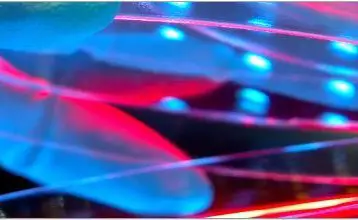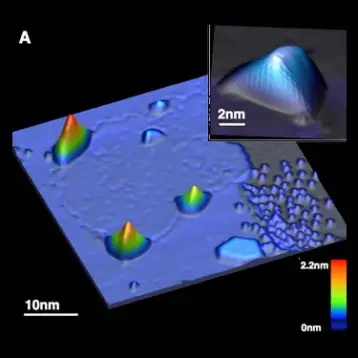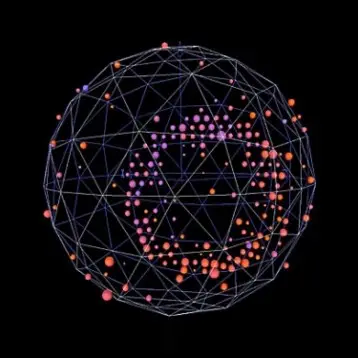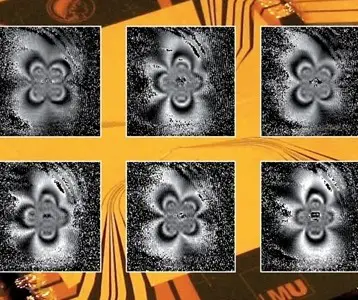|
The High Energy Neutral Atom Imager system was designed to detect particles streaming away from the very edge of the solar system to help us learn more about that boundary and about solar winds. The instrument, developed by Los Alamos, is one of two energized neutral atom detectors carried on IBEX.
Prior to these new IBEX results, scientists expected to find a region with storm-like behaviors similar to the storms found in regions where warm fronts and cold fronts collide in the earth’s atmosphere. Instead, the collisions caused ribbon-like arcs of material oriented along the magnetic field of the interstellar medium.
These unexpected results provide new information about the heliosphere, solar winds, and the interstellar medium, but scientists need to spend a great deal more time analyzing the data before they can determine a new model consistent with the new information. For now, all they know is that the ribbon behavior is inconsistent with the previously held view of the heliosphere in which the charged particles of the solar wind move through the interstellar medium much like a comet moves through the solar system.
TFOT has previously reported on the IBEX mission and its launch and on diamond-like carbon films used in the IBEX instrumentation. TFOT has also reported on solar winds and magnetic interactions with solar particles including a new method for predicting space storms, a magnetic shield designed to protect space ships from solar winds and other hazards, and images from the Hinode Space Telescope showing that the sun’s magnetic field is more turbulent than formerly believed.
Read more about the IBEX data in this Los Alamos press release. Read more about IBEX and its missions on its official NASA page or the IBEX site maintained by contractor Southwest Research Institute.











